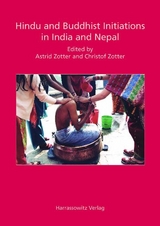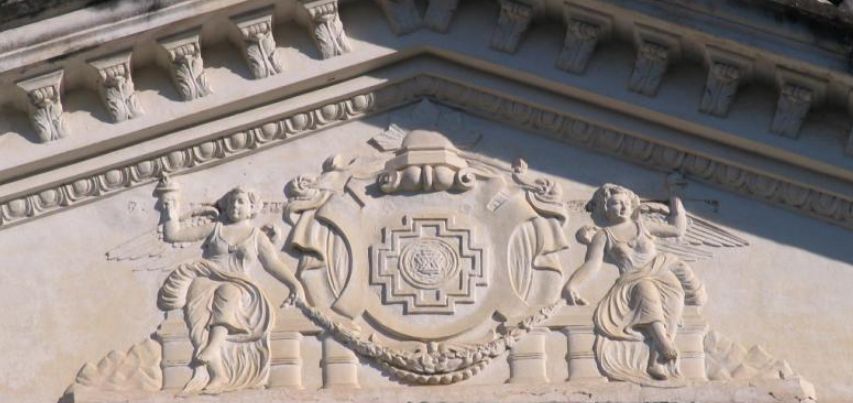Fredrik Liland. ‘The transmission of the Bodhicaryāvatāra: The history, diffusion, and influence of a Mahāyāna Buddhist text’. M.A. thesis, Universitetet i Oslo, 2009. [official site/PDF] Supervised by Jens E. Braarvig.
From the Abstract
The thesis is concerned with the 7th Century Mahāyāna Buddhist text Bodhicaryāvatāra (BCA) and its significance as a vehicle for cultural exchange. We trace its history in India and beyond, from its proposed author Śāntideva’s hand, its contemporary influence in India, and its impact in the lands—Nepal, Tibet, China, Mongolia, and beyond—and languages—Sanskrit, Newari, Tibetan, Chinese, Mongolian, and others—where it travelled. The nature of its influence has varied with the times and places where it has found itself, but in all instances it received a prominent place of canonical status, and was mostly revered.
[…]
The BCA has received quite a lot of attention in modern scholarship since the first publication of a critical Sanskrit edition by Minayev in 1889. A large number of new manuscripts of the text have surfaced since then, and a separate chapter is dedicated to philological concerns and the dire need for a new and updated version that will take into account also the new knowledge we now have of the text[‘]s history. A mostly unnoticed commentary, the Bodhicaryāvatāra-ṭippaṇi, also receives i[t]s long overdue attention in this chapter.
Liland’s thesis presents a long over due bibliographically-oriented update to scholarship on the Bodhicaryāvatāra. Two other scholars are said to have been recently working on a critical edition of the text: Daniel Stender and Richard Mahoney. I do not know whether either are proceeding.
One stand-out feature of Liland’s thesis is the attention it pays to Nepalese sources and translations in the Newar (“Newari”) language, which, as regular readers know, are routinely neglected in Buddhist studies, notwithstanding the fact that they originate in direct contact with the Sanskrit original in a South Asian Buddhist setting. Despite this unusual but welcome development, I can point to at least three areas of further improvement:
- “Ratna Bahādur Vajrācārya (1893-1955), of whom not much is known” (p.92): in fact, at least four (mostly short) biographies of this outstanding figure are in print, including a dedicated and independently published treatment by Manish Shakya.
- No mention of (the many) translations into South Asian vernaculars; here’s one in Nepali. Not all such translations were done from Sanskrit, but some have been.
- No reference to manuscripts in private or recently documented collections.
Continue reading “Liland, ‘The transmission of the Bodhicaryāvatāra’ (2009)”


 Mori, Masahide. Indo mikkyō no girei sekai (The Rituals of Tantric Buddhism in India). Sekai Shisōsha, 2011, 340pp. ISBN 978-4-7907-1498-9. [
Mori, Masahide. Indo mikkyō no girei sekai (The Rituals of Tantric Buddhism in India). Sekai Shisōsha, 2011, 340pp. ISBN 978-4-7907-1498-9. [ Astrid Zotter and Christof Zotter (eds). Hindu and Buddhist initiations in India and Nepal. Ethno-Indology, v.10. Wiesbaden: Harrassowitz, 2010. 380 p. ISBN 9783447063876. [
Astrid Zotter and Christof Zotter (eds). Hindu and Buddhist initiations in India and Nepal. Ethno-Indology, v.10. Wiesbaden: Harrassowitz, 2010. 380 p. ISBN 9783447063876. [ Dipak Kumar Barua. New Vajrayāna Mystic Songs from Nepal. A study on the Nava Caryāpada with texts and translations. Saarbrücken:
Dipak Kumar Barua. New Vajrayāna Mystic Songs from Nepal. A study on the Nava Caryāpada with texts and translations. Saarbrücken: 


 Yesterday, while visiting Kathmandu’s tantric sites with a number of scholars, we ran into a full-scale riot triggered by the cancellation of animal sacrifice. The normal thing to do on this day of the year, the conclusion of Indra Jātrā, is to offer living animals to the Bhairava worshipped in the festival. This year, however, royal patronage has been withdrawn for the first time, so that the government now foots the bill. And the government refused to pay for the traditionally prescribed slaughter. The result: spontaneous rioting, pitched street battles, city-wide disruption and “lockdown” (
Yesterday, while visiting Kathmandu’s tantric sites with a number of scholars, we ran into a full-scale riot triggered by the cancellation of animal sacrifice. The normal thing to do on this day of the year, the conclusion of Indra Jātrā, is to offer living animals to the Bhairava worshipped in the festival. This year, however, royal patronage has been withdrawn for the first time, so that the government now foots the bill. And the government refused to pay for the traditionally prescribed slaughter. The result: spontaneous rioting, pitched street battles, city-wide disruption and “lockdown” (